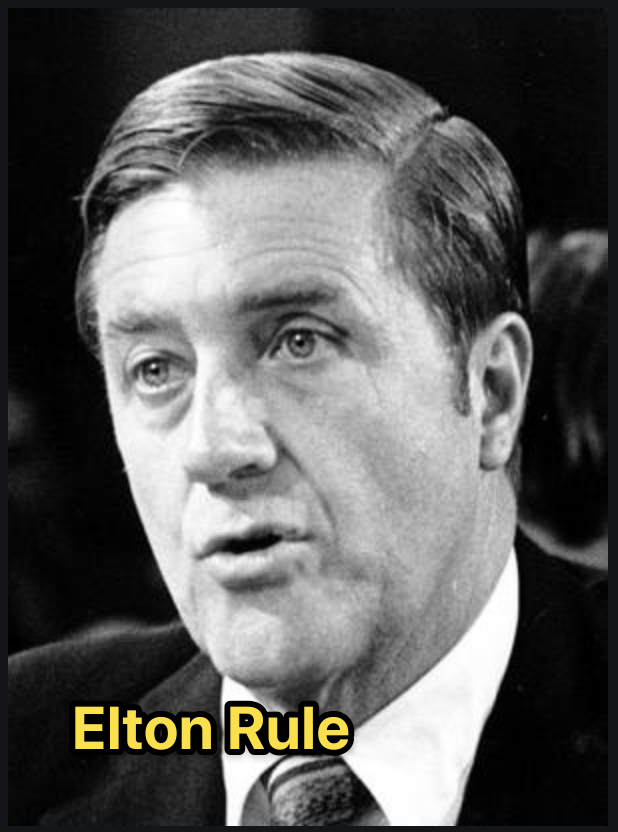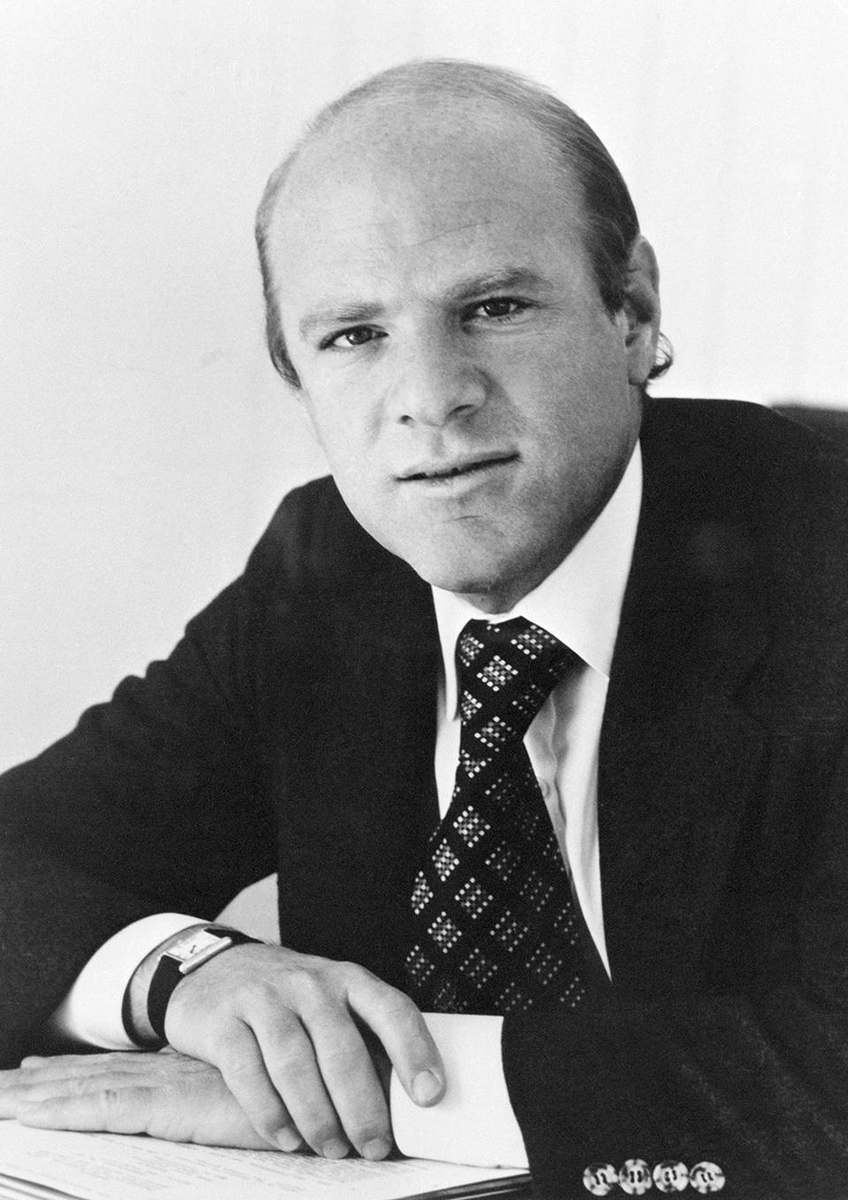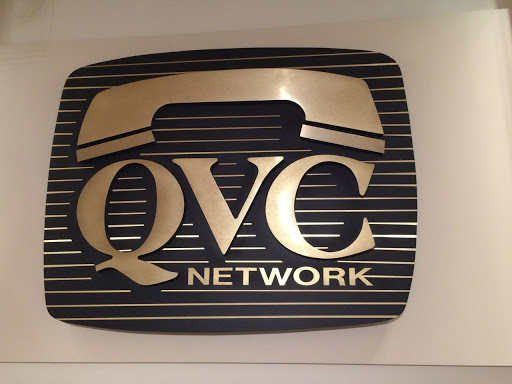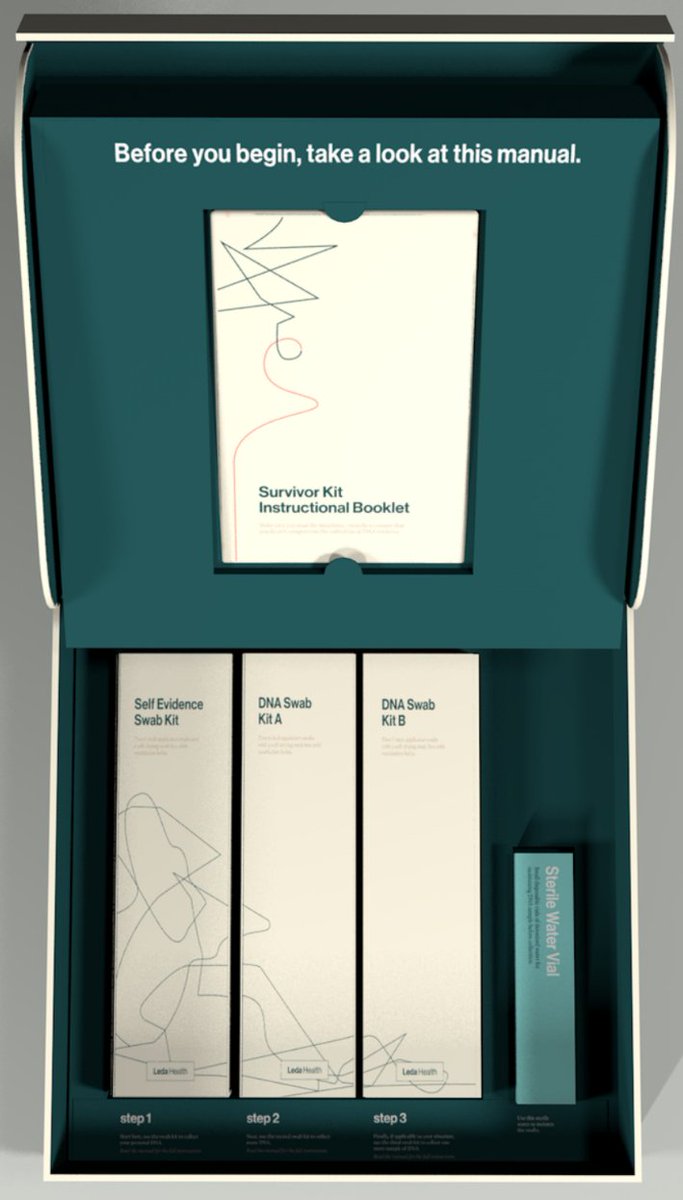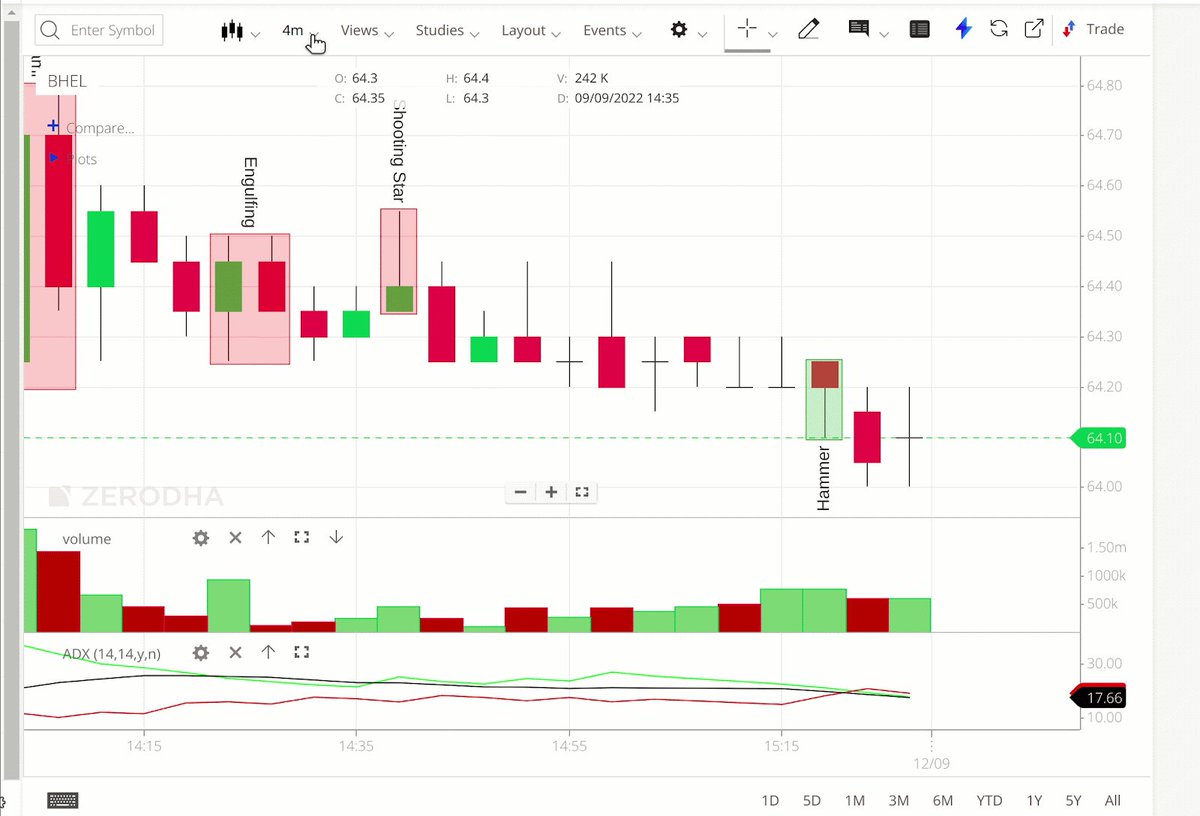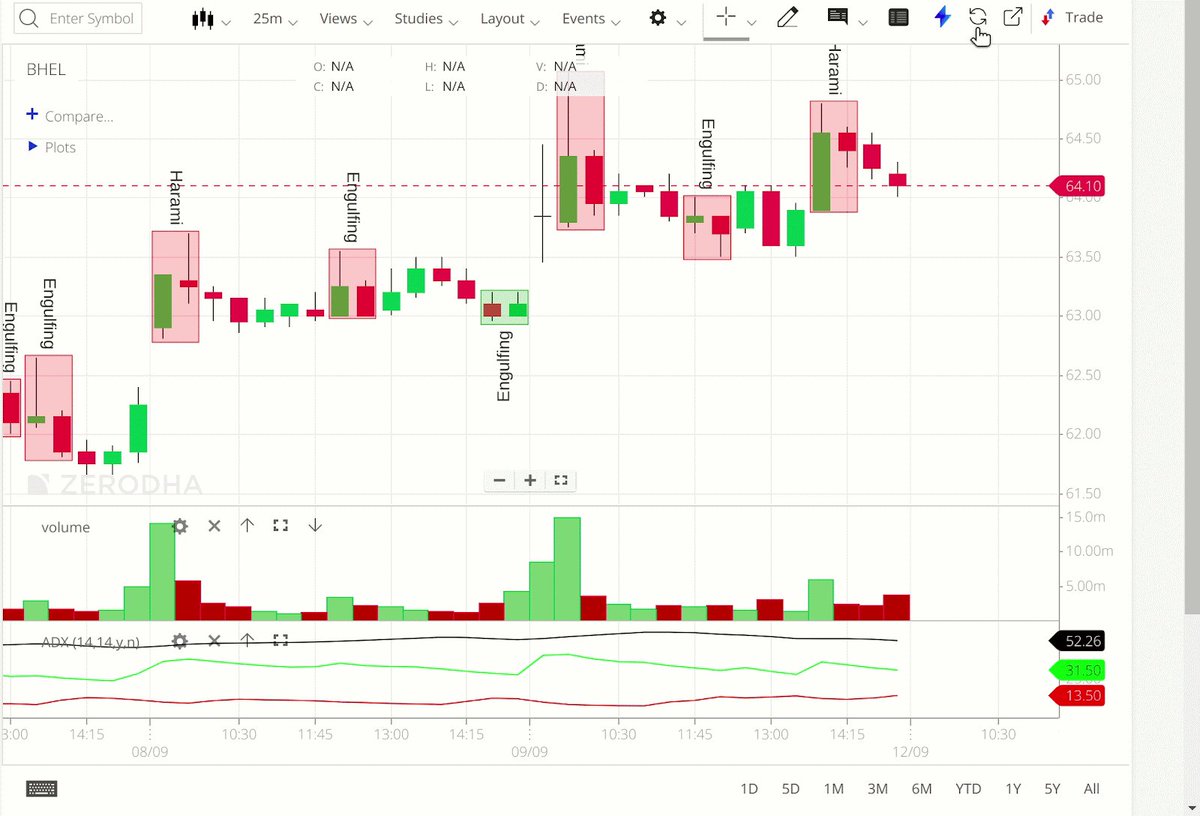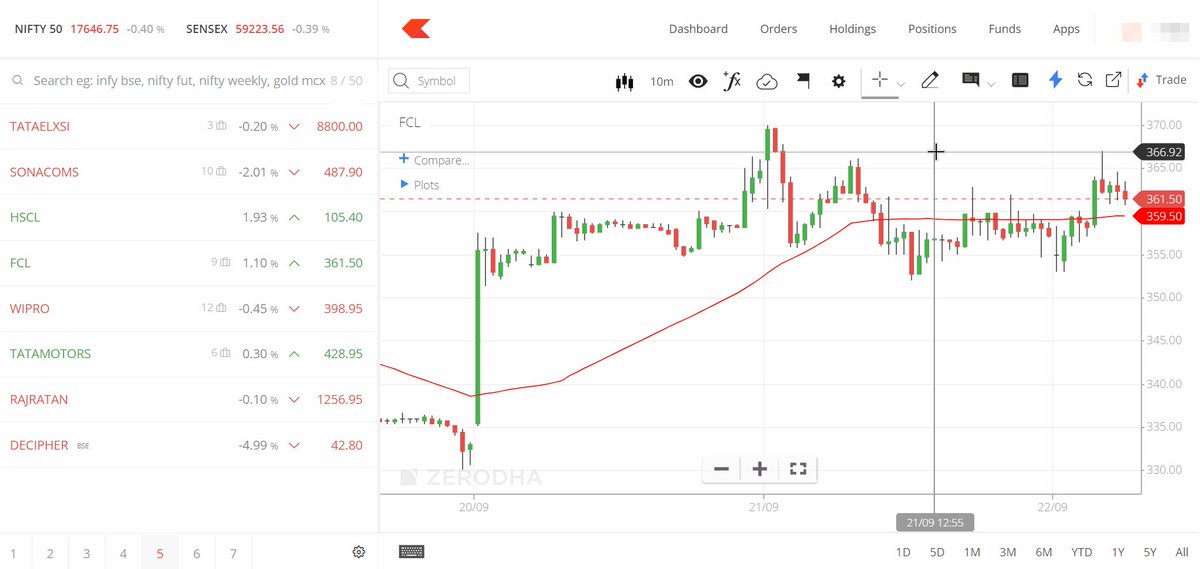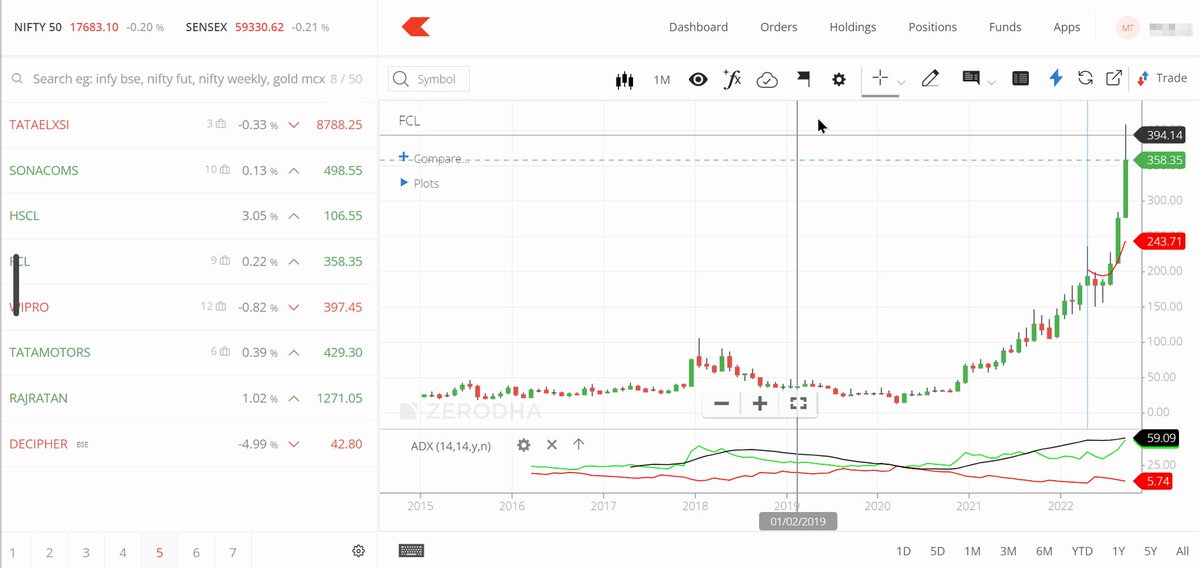1
First, a little history.
Diller started out in the mailroom of William Morris after dropping out of UCLA. He rose through the ranks, serving as the assistant to legendary exec Elton Rule.
One of Diller's innovations was the "ABC Movie of the Week," the made-for-TV movie.
2
Over time, Diller established himself as a force in the traditional entertainment industry.
He served as CEO of Paramount, producing hits like 'Taxi,' 'Grease,' and 'Indiana Jones.'
As CEO of Fox, he greenlit 'The Simpsons.' Mr Burn's appearance was based on Diller.
3
In 1992, Diller decided it was time for a change. He knew the media industry was changing and wanted to be a part of its future.
Diller believed entertainment would be mediated by computer screens. h/t
@modestproposal1 https://t.co/IsISjhA3AZ
4
His great revelation came thanks to future wife, Diane von Fustenberg.
She visited the headquarters of "Quality, Value, Convenience" in PA and watched as soap-opera star Susan Lucci sold $450K of haircare products in an hour.
She told Barry he had to see it for himself.
5
Diller was mesmerized. As he would later tell
@reidhoffman on the
@mastersofscale pod:
"Here, I saw a screen that was interactive. That screen was used for purposes other than narrative, and that was — wow! That whacked me."
6
Diller bought a $25 million stake in QVC. Three years later he sold it for $130 million.
That was the end of his involvement at QVC, but just the start of an obsession with interactive media.
7
The history of IAC is too incident-filled to share in full. It went a little like this:
- 1995: Diller buys Silver King, a group of TV stations
- 1996: Diller bundles in the Home Shopping Network
- 1997: Diller buys Ticketmaster
- 1998: Ticketmaster merges with CitySearch
8
Let's keep going.
- 1998: Ticketmaster-CitySearch goes public
- 1999: Diller snags
https://t.co/RIzika0ut9 - 1999: Diller buys
https://t.co/sYIkcCE3Rw for $50M
- 2001: Diller buys Expedia
Fun fact: Diller's head of M&A? Dara Khosrowshahi.
9
Insanely enough, this was just the start.
The acquisitions continued.
LendingTree. ServiceMagic. CollegeHumor. Vimeo. TripAdvisor. Lexico.
Often, new purchases were added to an existing property. For example, Match absorbed a dozen dating sites.
10
By all accounts, this process was instinctive. Von Furstenberg said of Diller:
"He has a vision, and he's not quite sure what it is, you know…[H]e kind of fakes it until he makes it."
But there is a method to Diller's madness. A process. A playbook.
11
The playbook: identify, accumulate, spin-off. Simple to explain, but difficult to execute.
1. Find an offline market that can flourish online.
2. Grow share, especially through acquisition.
3. Spin-off the bulked up business to realize full value.
12
Diller and IAC have done this with travel, dating, and beyond.
- Travel. An offline industry ready to move online. Buy Expedia, Hotels, etc. Then spin out as $EXPE.
- Dating. Low online penetration. Buy Match. Add OkCupid, PlentyofFist, etc. Then spin out as $MATCH.
13
To understand IAC's next moves, we can position its existing properties along a continuum that represents those stages.
- Vimeo. Ready to spin-out.
- Dotdash. Maybe in 2-3 years.
- Care. Time to bulk up.
14
Looking at IAC's current properties, it's hard not to feel its is undervalued at a $13B market cap.
- Vimeo could be valued at ~$9B
- It only contributes ~20% of revenue (excl. $ANGI)
- Care is on fire during the pandemic
The whole is not being valued by the sum of parts.
There may also be hidden gems among IAC's properties that are yet to be unlocked.
I discuss what they are in the article. Read on 👇
https://t.co/3pD7FoY4XU
